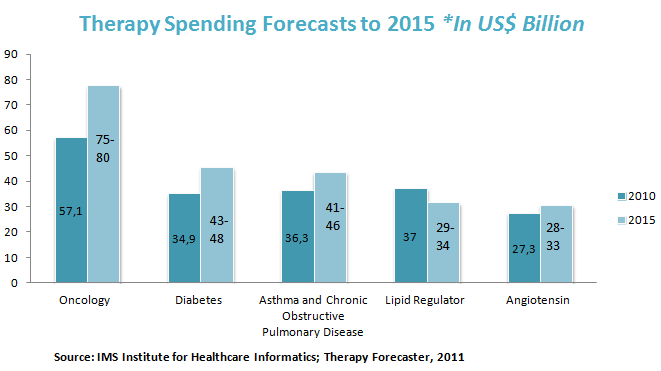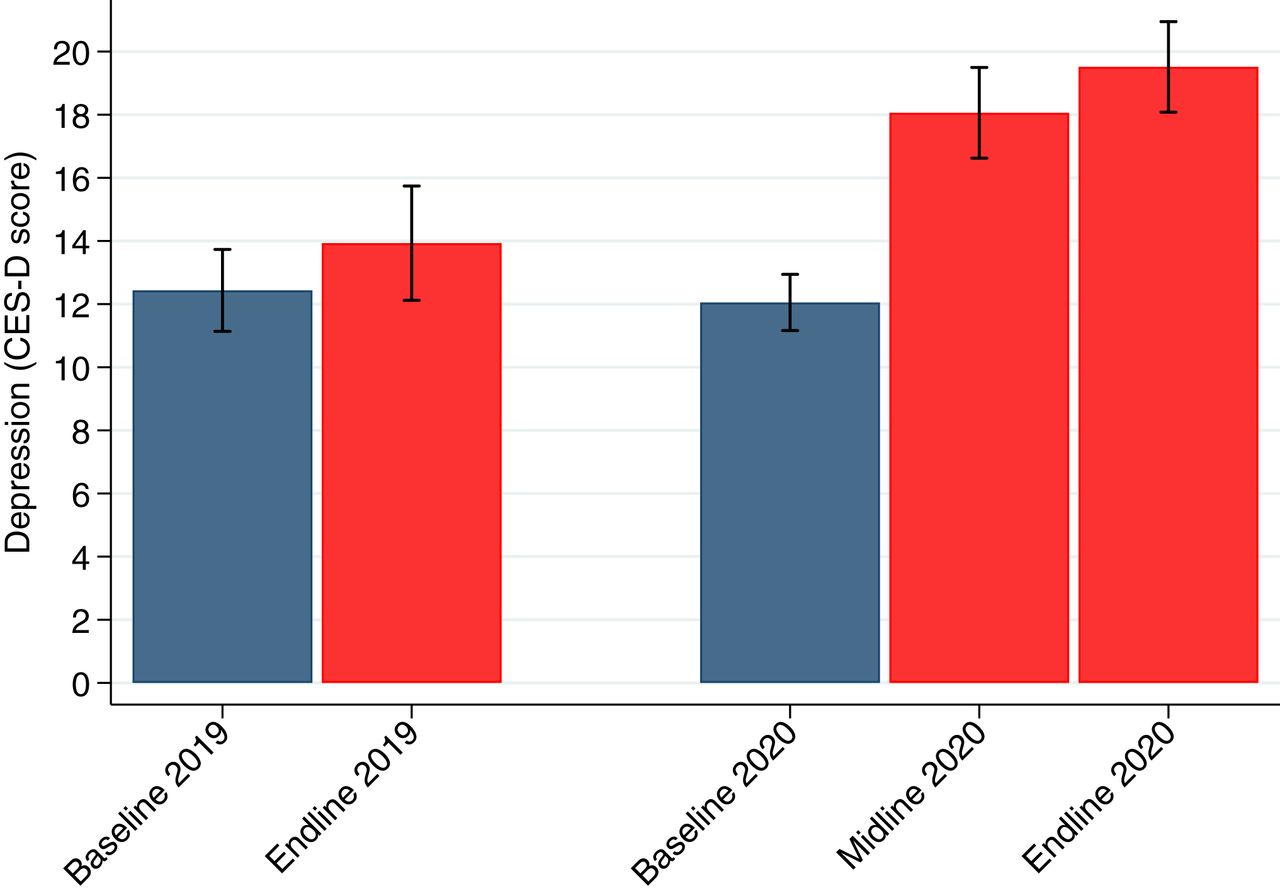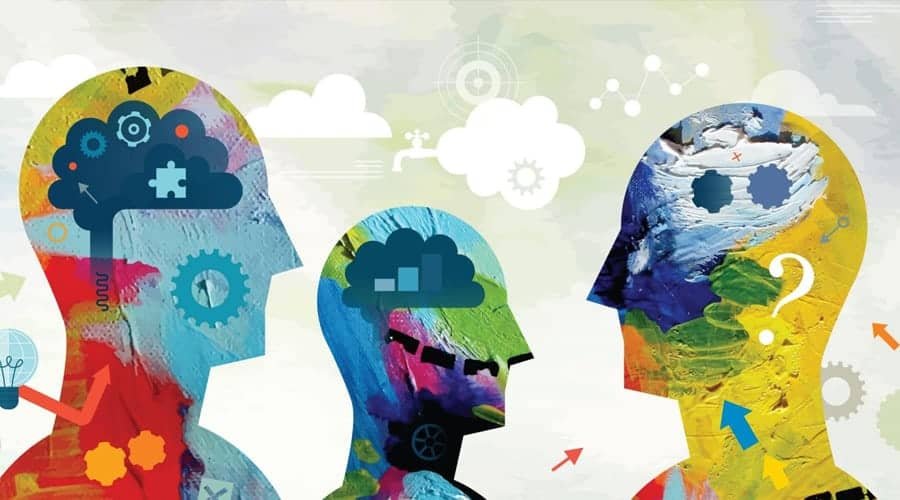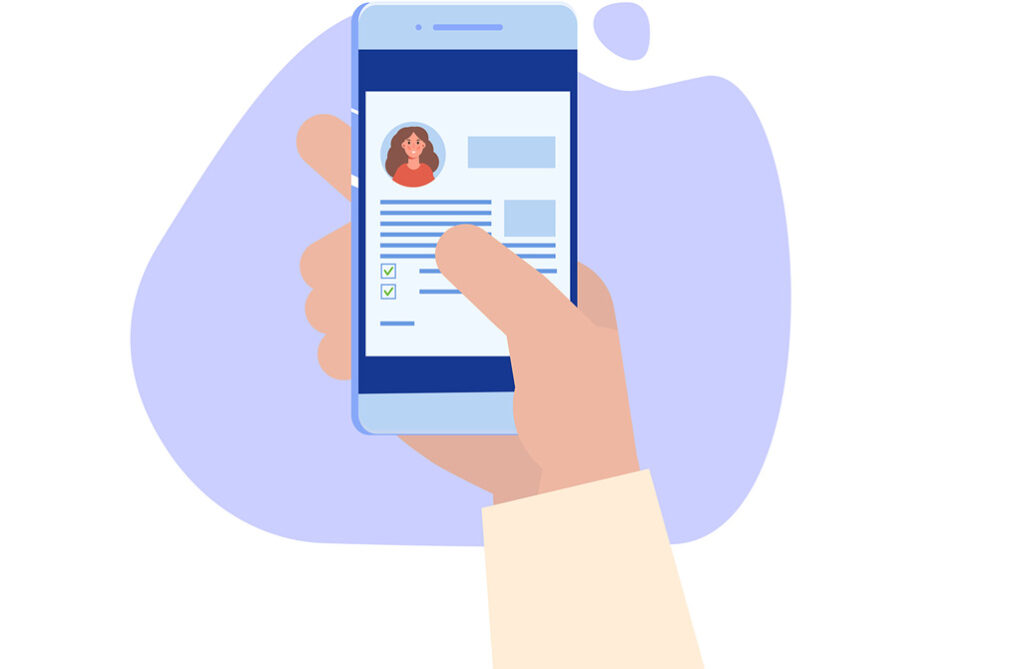The top six digital therapy trends for mental health in 2024 will be a combination of both hardware and software. They will also be the six most used by doctors and researchers to treat many problems. Such problems include depression, anxiety, addiction disorders, ADHD/ADD-related conditions such as attention deficit disorder (ADD), chronic pain, eating disorders such as anorexia nervosa or bulimia nervosa, and posttraumatic stress disorder (PTSD).
What are Digital Therapy Trends?

Digital therapy is changing how CEOs think about workplace healthcare and employee wellbeing. Doctors are using digital solutions to diagnose people. There should be no question that these solutions will work in the healthcare field. This is so because many other industries are trying to establish smarter workplace health programs and patient-centered solutions. When people started not being able to afford traditional healthcare, they needed something else. Digital technology was the answer.
Public health and workplace policies are not doing well. They’re not supplying enough resources like they need to. It’s also very alarming that most of the help goes to physical illness instead of mental illness. That means that there is more mental illness than before. But, the public health system isn’t helping it as much as it should be. Doctors, clinicians, medical staff, and case managers are not ready to help people with illnesses caused by stress. This is because they are not skilled enough. They need to be able to read more books about this problem or take classes for this.
What are the most important digital therapies on the market? What trends will define workplace health solutions in 2024 and beyond? This trend analysis will help you learn about six things that are important.
1. Moving Beyond EAPs with Digital Therapy

In 2024, there will be a change in leaders. They will focus on employee mental health.
With mandated lockdowns, workers are canceling treatments or deferring them. This can lead to short-term savings for employers in healthcare spending and premiums. However, this might lead to long-term problems like higher health risks and worse symptoms. They are wondering if there is a benefit from EAPs or not. Employees will need to use the service if they are going to be cost-effective. That doesn’t help employers who want a good, affordable mental and behavioral health service.
But the demand for new ideas for mental health rests on company leaders. They are the ones who want to know what their employees need in order to stay healthy and productive. The company needs to invest heavily in employee mental health beyond EAPs. Before the pandemic, employee assistance programs were not working well. But after the pandemic, more people needed help. So we had to use other things like counseling for people’s problems.
Employers need to use more data to make better decisions about employee health. They should look for a way to change the health of employees when COVID-19 happens. It is too difficult or expensive.
2. Rise in Critical Behavioral Health Support

As we move into 2024, it is important for people to have mental and behavioral health support. In 2008, many people who lost their jobs or homes needed this kind of help. Governments are making sure that they provide all kinds of relief to their citizens and residents. During the global crisis back in 2008, many countries had an increase in mental and behavioral problems. This was because of the record-breaking unemployment rate, which is when someone has no job. It also caused a 13% rise in suicides due to people losing their jobs. And finally, it even caused income inequality between rich and poor people.
Governments and workplaces will look for solutions to the mental health effect of the disease. They will do this because they are worried about people’s feelings.
Mental and behavioral health are connected. Behavioral health is mental health, which looks at how behaviors affect someone’s physical and mental health. CBT is a type of therapy for people who have problems with their thoughts. They think weird things, which makes them feel bad. When they feel bad, they do things that make them feel worse. CBT can help people understand how their thoughts affect what they do and how they feel.
- 40.9% of people reported that they have mental or behavioral health issues. They may be anxious or have depressive problems.
- Three out of ten people reported feeling scared or sad because they had a bad experience.
- 26.3% of people who were interviewed had stress-related disorders that were related to the pandemic.
- 13.3% of people in the study started or increased using substances to cope with stress or emotions related to COVID-19.
3. Rise in Digital CBT 2.0

Digital CBT is being used more and more. It is good for healthcare providers, workplaces, and communities.
A lot of people are using digital therapy. It is a kind of therapy that uses strategies from cognitive behavioral therapy. CBT is a treatment that has become popular among clinicians and the general public. CBT is fast, short-term, structured, and treats stress, depression, and anxiety. The WHO says these are important issues in today’s world. Digital CBT solutions powered by artificial intelligence and predictive analytics will be important for managing employees. This is different than the therapy that human therapists offer and it has more data and reporting.
Recent polls show that people are happy with the virtual care they use because of the pandemic. They would like to see them improved in the future. Digital therapy can help people feel better. They will like it more than talking to someone on the phone or seeing someone in person. Digital therapy can be used for mental health delivery. Besides EAPs, teletherapy, and public health systems.
Digital CBT solutions are growing in popularity. Leaders should look for one that is good, affordable, and effective. They should also have technology so they can mirror what a psychologist does.
4. Personalized Therapy through Expert Systems
Many people thought that Artificial Intelligence would be like a person. Now many companies use it to power things. Digital CBT solutions have AI and predictive analytics for you. This means that it is customized. Some people need help at work. Leaders can make better rules for employees with this data. We use digital therapy with a person now, not human-guided therapy anymore.
There are not enough people who can help you. The government is trying to fix the problem by getting young people. But there will still be a problem in some remote areas. Young people like living in big cities. Leaders with remote workers should look for digital therapy solutions to help them stay healthy.
5. Data Therapy and Big Data as a Predictor

Psychology is one of the slow adopters of digital intervention. They thought therapy was about nuances and human relationships. People do not know that employee mental health outcomes are not as good. This happens when you use conventional therapists and teletherapy compared to digital solutions.
Psychotherapy data is used by people in different jobs. It can be hard to find in some places. But psychotherapy data will be important for the future workforce. Leaders want to know what they need, so they are trying to find a solution for this problem soon.
Researchers are using digital therapy to make AI and predictive analytics. This will help them figure out your mental health. The predictions are more accurate this way. We need to collect data from patients without hurting them or violating their privacy. We can make predictions about their mental health and answer questions they cannot tell us.
Key digital therapy data include:
- Demographics are like filling out a survey. There are questions about people’s age, gender, education level, occupation, and more.
- Mental Health Symptoms & Functioning: The doctor will ask you about how your health is now, what it was like before, and how sick you are. He or she might also give you medicine.
- Personality Profile: There are 15 different personality types. Emotional stability means how stable you are, and conscientiousness means how responsible you are.
- Profession-specific: We can study how people in a profession talk about problems and stress.
- User-Generated Data: Commenting, liking, polls and surveys, and activities.
- Behavioral and Volumetric Inputs: People use the internet in different ways. The numbers show how they use it.
- Cohort Analysis and Optimization: Optimizing your treatment is the best way to be successful.
6. Digital Transformation of Absence

In a time where people were going on disability for short-term and long-term reasons. The industry will have even more people going on disability after COVID-19. Experts who help people with disabilities are bound to worry about the rise of long-term disability claims after COVID-19.
A new government law caused people to not be able to get help with their mental health. 70% of disability claims are for mental health. It is important that you can predict the cost of absence and disability treatment if you use digital therapy. When someone is on short-term disability, you should give them mental health support. This will help the person get better faster and it will also save money in the long run.
It is not possible for therapists and programs to give mental health support. Case managers often like to meet with people who are on long-term disabilities. If someone is sick or has an STD, they will use email or phone. It would be possible for the digitalization of practices to increase mental health support for this group.
In the future, people will need to use digital solutions for their job. These tools can show you what your return on investment is, as well as other things about your business. But these types of solutions are not provided by face-to-face therapy or EAPs.
Fact: Case managers get tired of doing their job. They can’t do it for a long time. There are trends of taking over disability cases and using easy-to-use tools.
Conclusion
We looked at the trends in digital therapy and found six things.:
- Find someone else who can do it, when you cannot.
- There is more critical support for people with mental or emotional problems.
- There has been an increase in the use of therapy that uses a computer.
- Personalized therapy through expert systems.
- Data therapy and big data mean you can get more medicine.
Since digital therapy has increased, it has become clear that leaders are learning more about its benefits. They are delivering efficient help that was not available before.
A lot of people have a hard time with their mental health. This is because they are scared or can’t afford it. Leaders help by offering new mental health resources and benefits for the workplace.
Do you want to keep your employees happy, healthy, and productive? Join our employee assistance program and get a healthier workplace.


